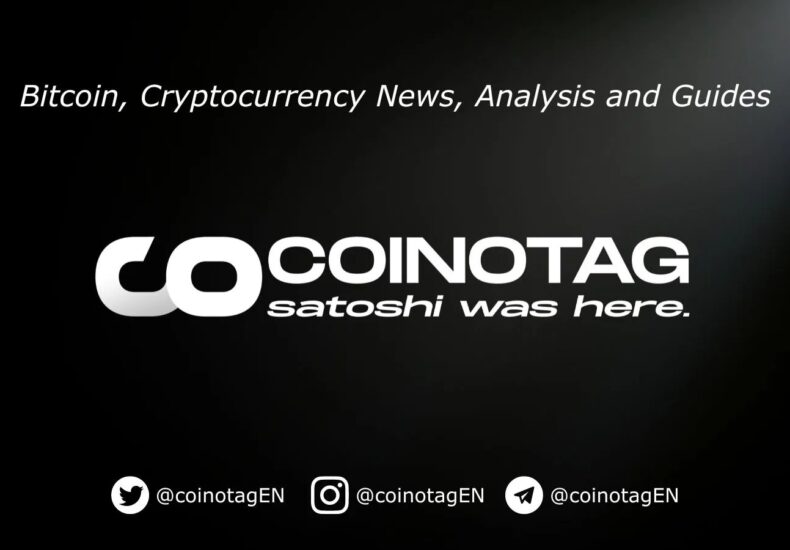
Brazil Central Bank Holds Selic Rate at 15% as Inflation Eases but Remains Above Target
**Brazil’s Selic Rate Holds Steady at 15%, Signaling Ongoing Fight Against Inflation**
Brazil’s central bank has decided to keep the Selic rate unchanged at 15%, maintaining the highest interest rate level seen in nearly 20 years. This marks the third consecutive meeting without any adjustments, reflecting a cautious approach to monetary policy amid evolving inflation dynamics. Led by Gabriel Galipolo, the central bank’s board’s decision aligns with economist forecasts from recent Bloomberg surveys.
The high Selic rate continues to support the Brazilian real while tempering economic activity, underpinning the country’s ongoing anti-inflation efforts.
### Recent Inflation Trends in Brazil
Despite the steady Selic rate, inflation in Brazil showed a modest uptick in September. According to data released by the Brazilian Institute of Geography and Statistics (IBGE), consumer prices increased by 0.48% compared to the previous month. This followed a 0.11% decline in August and came in slightly below economists’ expectations of a 0.52% rise.
Year-over-year inflation edged up to 5.17% from 5.13%, remaining well above the central bank’s 3% target. This target allows for a tolerance range of 1.5 percentage points on either side.
Within the inflation basket, the food and beverage sector—a key component—continued its downward trend with a 0.26% decline in September, marking the fourth consecutive monthly drop. IBGE research manager Fernando Goncalves attributed the easing to increased supply of household food products, offering some relief to consumers.
However, broader inflationary pressures persist. Record-low unemployment levels are driving wage growth and consumer spending, complicating the path to achieving sustained price stability.
### Economic Outlook and Expert Insights
Analysts note that while the overall inflation picture remains relatively benign, September’s rebound was influenced by base effects. Andres Abadia, chief Latin America economist at Pantheon Macroeconomics, pointed out that forward-looking indicators suggest continued disinflation ahead.
The central bank’s prior rate hikes—from September last year to June—totaled 4.5 percentage points and have laid the groundwork for taming inflation. Still, projections indicate that inflation rates will likely stay above the target range through 2028.
Mario Mesquita, chief economist at Itaú Unibanco Holding SA, highlighted in a pre-meeting research note the blend of caution due to an uncertain global environment and the delayed impacts of tighter monetary policy. High interest rates are effectively dampening non-essential borrowing and investment, which supports currency stability but weighs on growth prospects in Latin America’s largest economy.
### Frequently Asked Questions
**What factors are influencing Brazil’s decision to keep the Selic rate at 15%?**
The central bank is prioritizing inflation control amid easing but persistent pressures. Historic lows in unemployment are fueling domestic demand, while public finance concerns over debt sustainability remain. Policymakers aim to realign inflation with the 3% target, balancing external uncertainties and domestic fiscal considerations—particularly ahead of upcoming elections.
**Will Brazil’s high interest rates impact everyday consumers like food prices?**
Yes. Maintaining the Selic rate at 15% helps stabilize the economy by curbing inflationary pressures. This has contributed to four consecutive months of falling food and beverage prices due to improved supply conditions. While consumers may continue to see some relief in grocery costs, overall inflation remains above target for now.
### Key Takeaways
– **Steady Selic Rate at 15%:** Reflects the central bank’s vigilance against inflation and matches expert expectations for the third meeting in a row.
– **Easing Food Inflation:** September’s 0.26% decrease in food prices offers some relief despite a broader 5.17% year-on-year inflation rate.
– **Cautious Economic Outlook:** With ongoing fiscal risks and low unemployment, high interest rates are likely to be maintained through 2028 to bring inflation back to the 3% target. Close monitoring of policy shifts remains essential.
### Conclusion
Brazil’s decision to hold the Selic rate at 15% underscores a determined stance against inflation amid complex economic dynamics. While food prices have eased, broader inflationary pressures and fiscal challenges persist, prompting the central bank to maintain tighter monetary policy. This careful balance aims to stabilize prices and support the real, even as it tempers the pace of economic growth. Stay informed on Latin America’s key developments as Brazil navigates this critical phase of its monetary strategy.
https://bitcoinethereumnews.com/tech/brazil-central-bank-holds-selic-rate-at-15-as-inflation-eases-but-remains-above-target/
You may also like
延伸阅读
You may be interested
Globe bets on prepaid fiber, sets expansion
No content was provided to convert. Please provide the text...
Bragging rights up as Samal makes 5150 debut
A stellar Open division field will be shooting for the...
DigiPlus launches P1-M surety bond program
MANILA, Philippines — DigiPlus Interactive Corp. has partnered with Philippine...
 The New York Times
The New York Times
- From the Shadows to Power: How the Hindu Right Reshaped India 2025 年 12 月 26 日 Mujib Mashal, Hari Kumar and Atul Loke
- This May Be Our Last Chance to Get It Right in Venezuela 2025 年 12 月 26 日 Jimmy Story
- What to Know About U.S. Military Action in Nigeria 2025 年 12 月 26 日 The New York Times
- Myanmar’s Health Crisis Spills Over Borders 2025 年 12 月 26 日 Verena Hölzl and Lauren DeCicca
- 5 Key Moments in the Rise of India’s Hindu-First Powerhouse 2025 年 12 月 26 日 Mujib Mashal and Hari Kumar
- What to Know About ISIS Terror Attacks 2025 年 12 月 26 日 Eve Sampson
- Death Toll in UPS Plane Crash Rises to 15 2025 年 12 月 26 日 Francesca Regalado
- California Prepares for More Rain After a Soggy Christmas 2025 年 12 月 26 日 Soumya Karlamangla and Alexander Nazaryan
- U.S. Strikes ISIS in Nigeria After Trump Warned of Attacks on Christians 2025 年 12 月 26 日 Helene Cooper, Saikou Jammeh and Eric Schmitt
- Trump Administration Emphasizes Religion in Official Christmas Messages 2025 年 12 月 26 日 Ashley Ahn



Leave a Reply